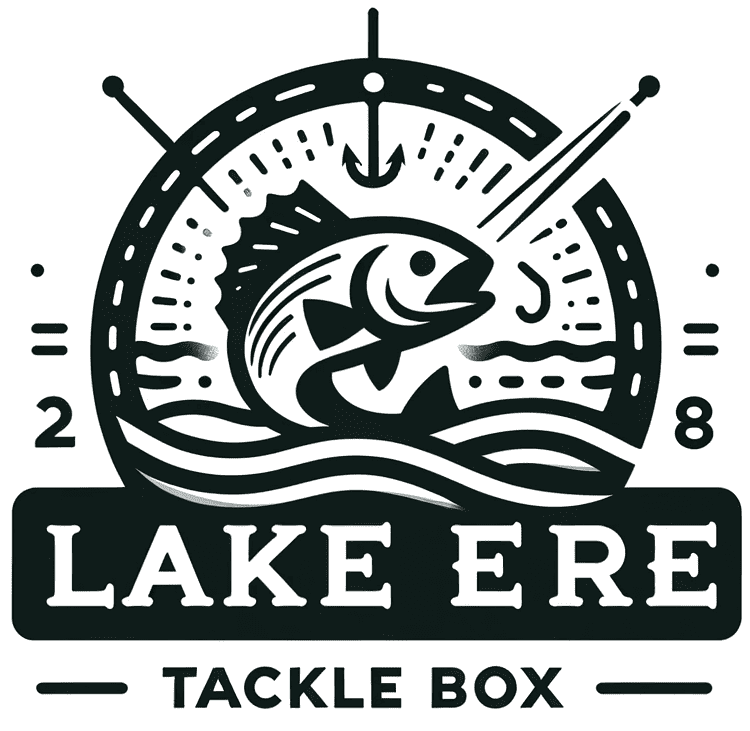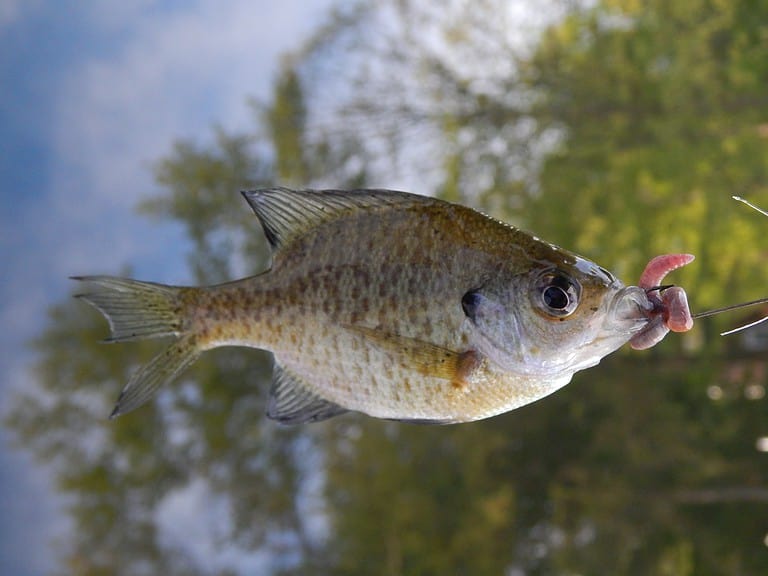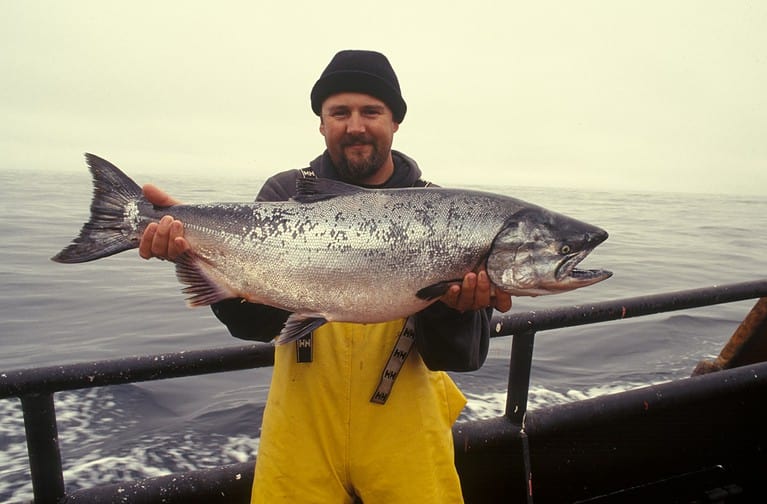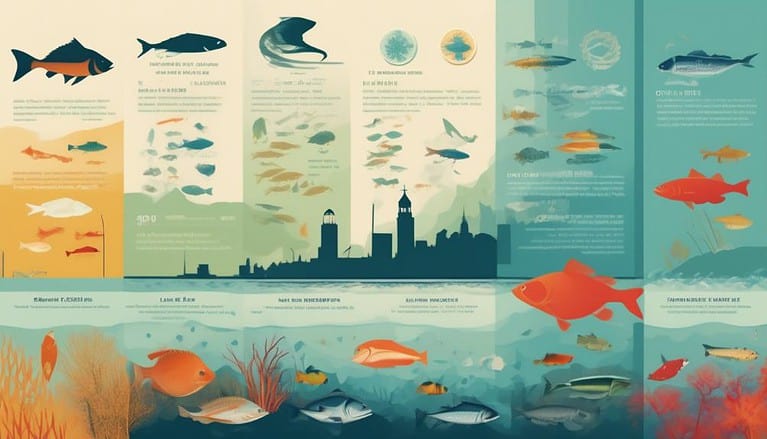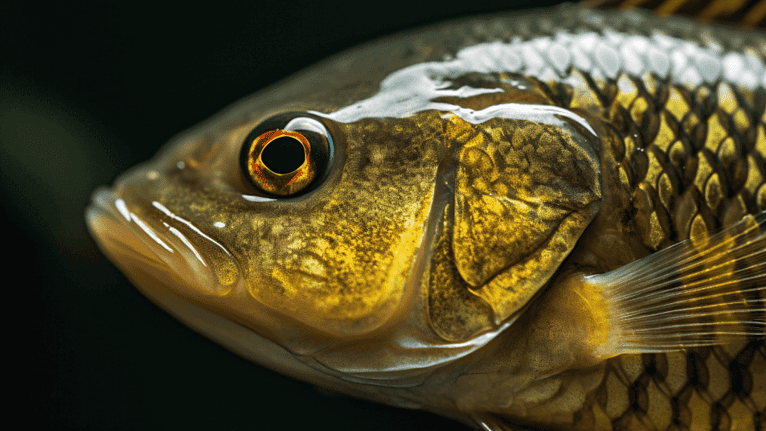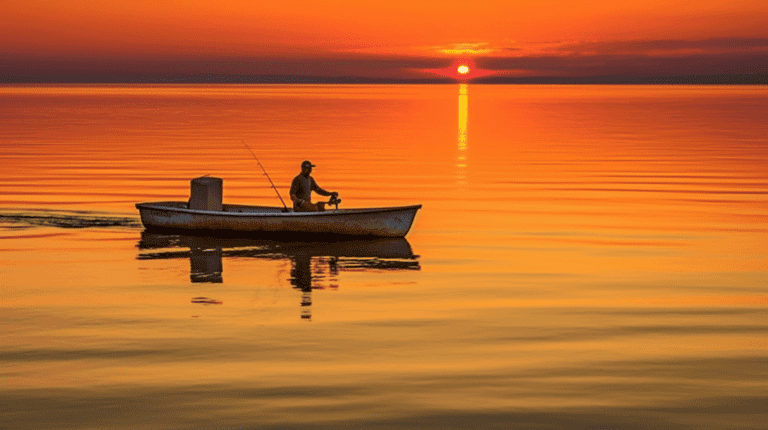Lake Erie Fish Guide: Discover 114 Species 2024
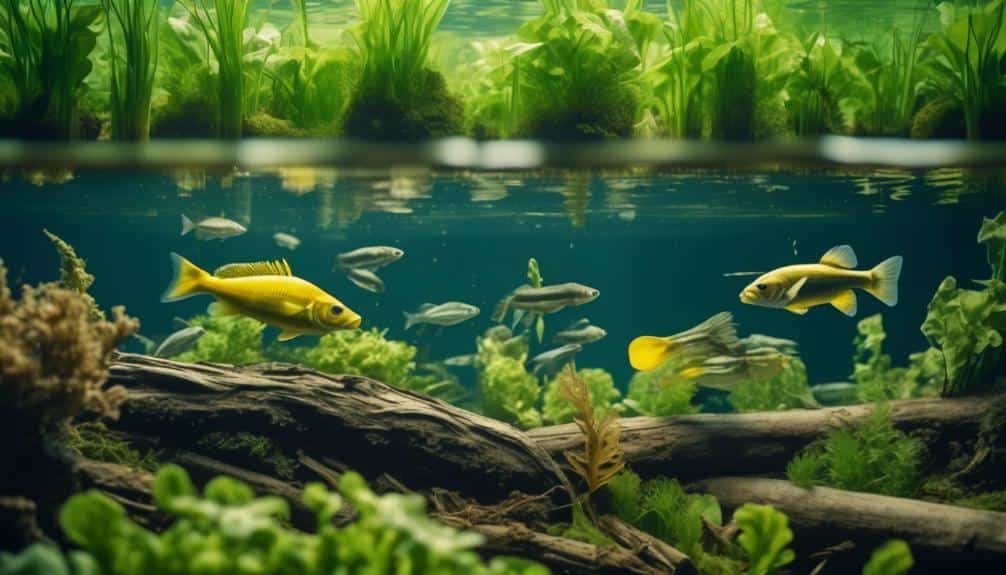
Interestingly, as you’ve been exploring the diverse world of Lake Erie’s aquatic life, a comprehensive guide titled ‘The Fish of Lake Erie: An Illustrated Guide’ has surfaced, offering a deep dive into the 114 species that call this vast body of water home.
As a professional writer, I’ve found this guide not only serves as a crucial reference for nature lovers and angling aficionados but also weaves personal anecdotes with scientific data, enriching our understanding of the lake’s ecosystem.
While the critique on the lack of color illustrations has been noted, the richness of information compensates for this shortfall. If you’re intrigued by what lies beneath the surface of Lake Erie and the other Great Lakes, or if you’re on the hunt for a comprehensive fish identification guide, this book holds keys to unlocking a treasure trove of aquatic knowledge.
What remains unexplored might just surprise you.
Table of Contents
Key Takeaways
- Lake Erie’s ecosystem is diverse and complex, supporting a wide variety of fish species.
- The guide provides comprehensive profiles of major fish species, including illustrations and insights into effective fishing techniques.
- Understanding the habitats, behaviors, and seasonal movements of fish in Lake Erie is crucial for successful sport fishing.
- Conservation efforts, including sustainable fishing practices and controlling invasive species, are necessary to maintain the long-term viability of fishing in Lake Erie.
Exploring Lake Erie’s Ecosystem
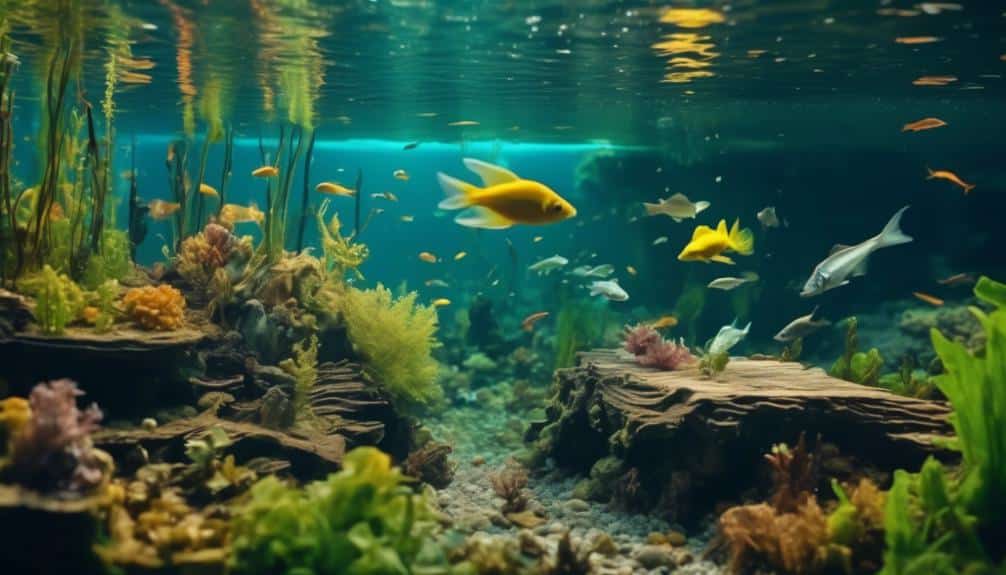
Delving into Lake Erie’s ecosystem reveals a diverse and complex habitat, home to a myriad of fish species intricately detailed in the book, offering both scientific insight and practical fishing guidance. While exploring Lake Erie, you’ll discover that the ecosystem’s balance is pivotal, not just for the fish population but for the entire aquatic community. The book meticulously illustrates most fish species from multiple angles, enhancing your understanding of their physical characteristics and behaviors within this vast freshwater environment.
Analyzing the ecosystem further, the guide sheds light on the symbiotic relationships and predatory dynamics that define survival in Lake Erie. You’ll learn how certain fish species have adapted to niche habitats, contributing to the ecosystem’s biodiversity. Moreover, the book presents methods of fishing for major species, leveraging scientific data to improve your fishing strategies. This approach not only enriches your practical knowledge but also underscores the importance of sustainable fishing practices to preserve Lake Erie’s ecological integrity.
Incorporating personal fishing experiences, the guide connects you to Lake Erie’s waters on a personal level, blending scientific analysis with relatable narratives. This dual perspective ensures you’re well-equipped for both exploring and conserving this vital ecosystem.
Common Species Overview
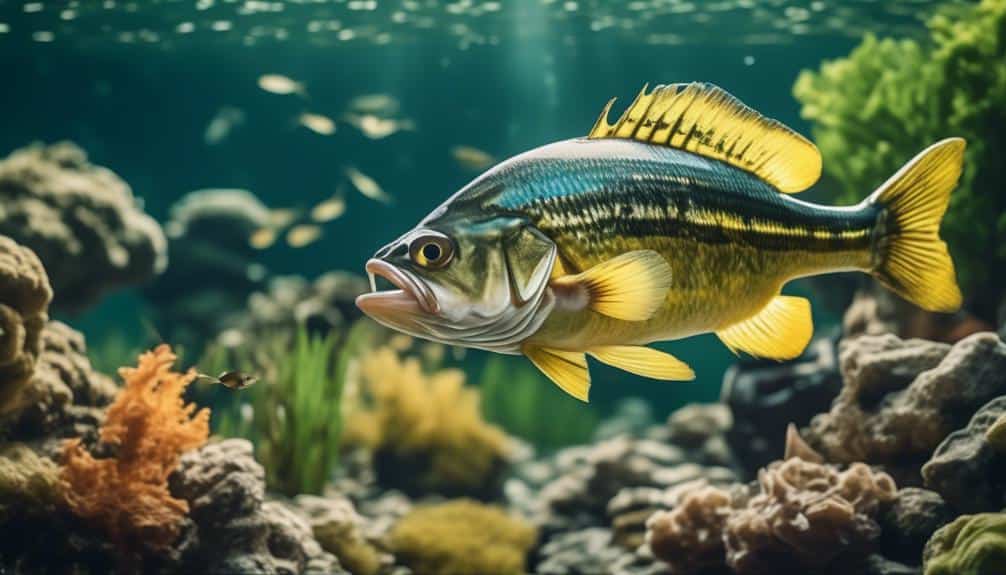
Exploring the common species of Lake Erie, you’ll find a vibrant tapestry of aquatic life that underscores the lake’s ecological diversity and richness. This guide details every fish known to inhabit these waters, providing a comprehensive common species overview that’s both scientific and detailed. By examining the fish in Lake Erie, you’re introduced to a wide array of species, each with unique characteristics that contribute to the lake’s ecological balance.
The illustrations offer multiple visual references for each fish, aiding in accurate identification and enhancing your understanding of the lake’s biodiversity. These visuals are complemented by analytical descriptions that delve into the specifics of habitat preferences, dietary habits, and seasonal movements.
Moreover, the guide describes various fishing methods for major species, serving as an invaluable resource for fishing enthusiasts. It blends personal fishing experiences with factual information, adding a personal touch to the scientific exploration of Lake Erie’s fish population.
Whether you’re interested in fishing, nature, or simply seeking a reliable reference for fish identification in Lake Erie, this guide is recommended for its thoroughness and the detailed insight it provides into the lake’s aquatic life.
Notable Fish Profiles
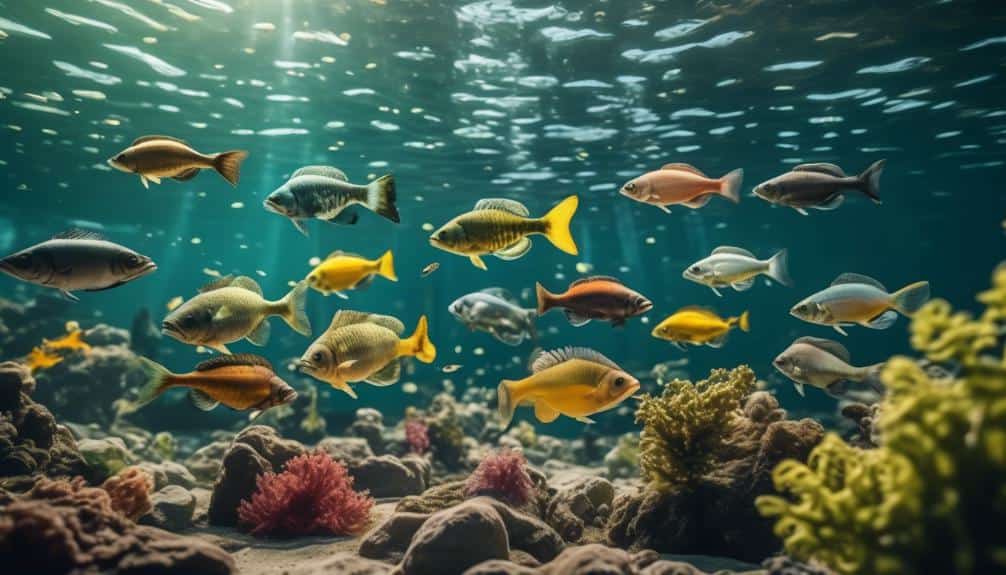
Within the pages dedicated to notable fish profiles, you’ll discover comprehensive analyses of each species, complete with vivid illustrations and insights into effective fishing techniques. As you delve into the details of each major species found in Lake Erie, you’ll find the book isn’t just a catalog of fish; it’s a deep dive into their habitats, behaviors, and the nuances that make each one unique.
The notable fish profiles are meticulously crafted, offering a blend of scientific accuracy and practical advice.
The illustrations serve as a key tool, allowing you to quickly identify the fish you’re after. Whether you’re a seasoned angler or a curious novice, these visual guides, coupled with detailed descriptions, make the task of recognizing Lake Erie’s diverse inhabitants straightforward.
Moreover, each profile is enriched with personal fishing experiences, adding a layer of relatability and insight. These anecdotes not only entertain but also impart valuable lessons on the dos and don’ts of fishing in Lake Erie.
From the elusive walleye to the formidable muskellunge, the book covers a wide range of species, ensuring you’re well-prepared for your next fishing adventure. This section is a testament to the book’s goal: to be an indispensable, comprehensive guide for anyone drawn to the allure of Lake Erie’s aquatic life.
Angler’s Paradise: Sport Fishing
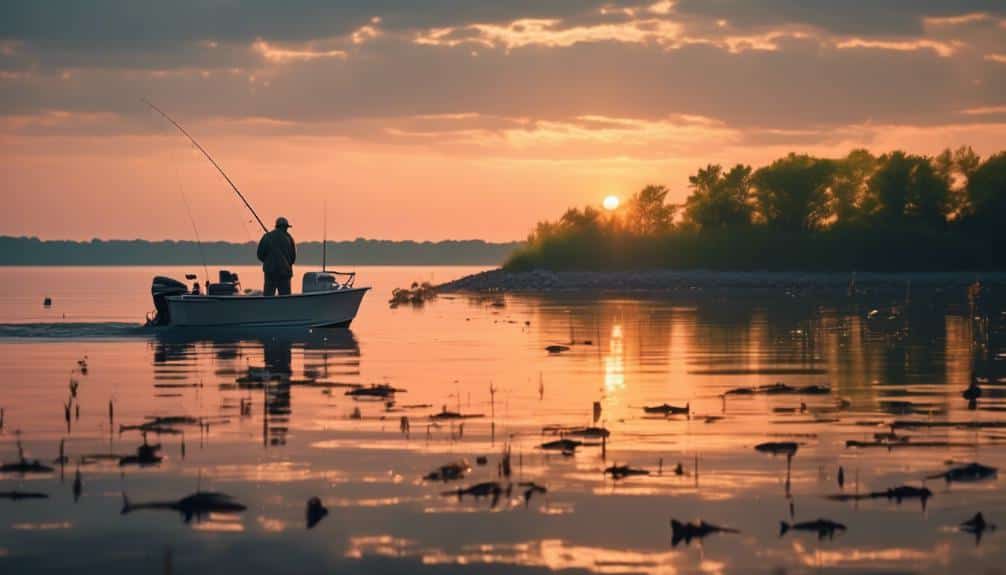
Building on the in-depth profiles of Lake Erie’s fish, let’s now focus on the art and science of sport fishing, a realm where knowledge and strategy converge to enhance your angling experience. Lake Erie, a major freshwater basin, offers a diverse fish population, detailed meticulously in the guide. Understanding these species’ habitats, behaviors, and seasonal movements is crucial for successful fishing.
The guide outlines various fishing methods tailored to major species in Lake Erie. Techniques range from trolling for walleye during their spring migration to fly fishing for steelhead in the cooler months. Each method is analyzed for effectiveness, considering factors like water temperature, depth, and fish feeding patterns. This scientific approach ensures that anglers can adapt their strategies for higher success rates.
Moreover, the inclusion of personal fishing experiences adds a practical dimension, illustrating the application of techniques in real-world scenarios. These stories not only enrich the guide’s scientific content but also serve as proof of the methods’ effectiveness, inspiring confidence in readers.
Conservation Efforts and Challenges
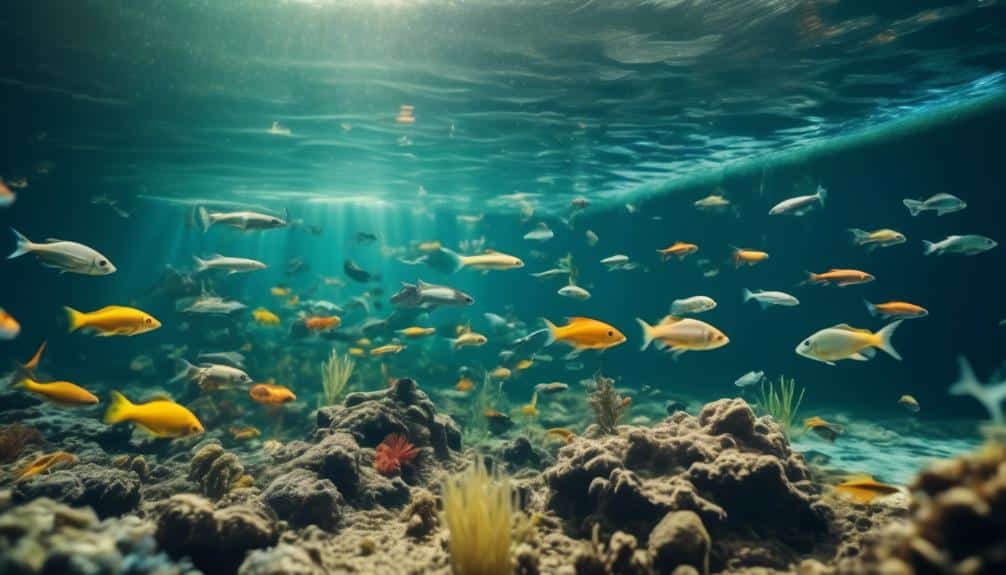
To ensure the survival of Lake Erie’s diverse fish species, ongoing and coordinated conservation efforts are essential to combat challenges such as pollution, habitat degradation, overfishing, and the introduction of invasive species. This section describes the multifaceted approach required to address these conservation efforts and challenges, ensuring the long-term viability of fishing in Lake Erie.
- Collaborative Conservation Initiatives: It’s critical to foster partnerships among government agencies, conservation organizations, and local communities. This collective action aims to tackle pollution and restore habitats, ensuring a healthier ecosystem for Lake Erie’s fish populations.
- Sustainable Fishing Practices: Implementing and adhering to sustainable fishing regulations is paramount. These practices help in managing fish populations effectively, preventing overfishing and ensuring that future generations can enjoy fishing in Lake Erie.
- Invasive Species Management: Strategies to control invasive species that threaten the native fish populations are essential. Efforts include monitoring, containment, and eradication programs to maintain the ecological balance of Lake Erie.
- Adaptation to Climate Change: Addressing the impacts of climate change on Lake Erie involves monitoring water temperature, oxygen levels, and overall ecosystem health. Adaptation strategies are necessary to mitigate adverse effects and safeguard the fish community.
Frequently Asked Questions
What Is the Most Popular Fish Caught in Lake Erie?
You’re curious about Lake Erie’s most popular fish? It’s the walleye. Their migration patterns, seasonal catch variations, and the impact of recreational fishing, along with bait and tackle selection, play a significant role in their popularity.
Is It Safe to Eat the Perch in Lake Erie?
Yes, you can safely eat Lake Erie’s perch if you’re mindful of mercury levels. Check catch regulations and fishing seasons to ensure sustainability. Explore various perch recipes to enjoy this delicious fish responsibly.
Is Lake Erie the 11th Largest Lake in the World?
Yes, Lake Erie holds the title as the 11th largest lake globally, sparking debates on its size within freshwater ecosystems. Its vast surface area significantly impacts surrounding habitats, making its ranking a focal point.
How Many Fish Should You Eat From Lake Erie?
You should adjust how many fish you eat from Lake Erie based on mercury levels, fishing regulations, and consumption advisories. Consider seasonal variability to ensure your safety. Always stay informed and make educated decisions.
Conclusion
In conclusion, ‘The Fish of Lake Erie: An Illustrated Guide’ offers a unique insight into the lake’s vibrant ecosystem. With a notable statistic revealing that out of the 114 fish species, nearly 25% are targeted by anglers, it underscores Lake Erie’s status as an angler’s paradise.
Despite the critique regarding visual elements, the guide’s detailed content and personal anecdotes significantly contribute to our understanding of fish diversity and conservation challenges. It’s an essential tool for anyone keen on exploring Lake Erie’s aquatic life scientifically.
